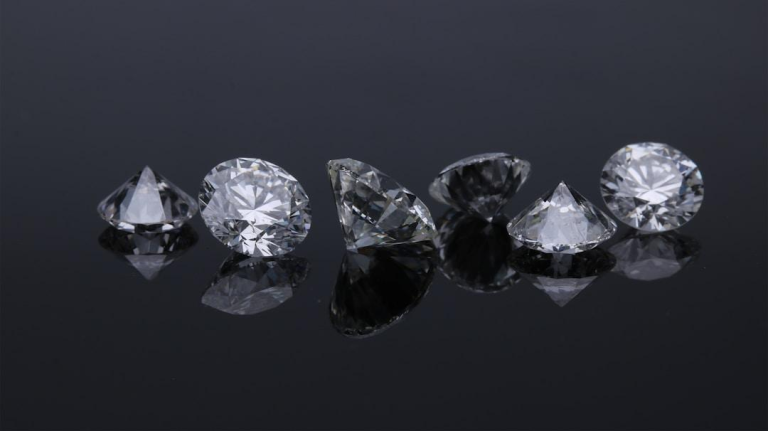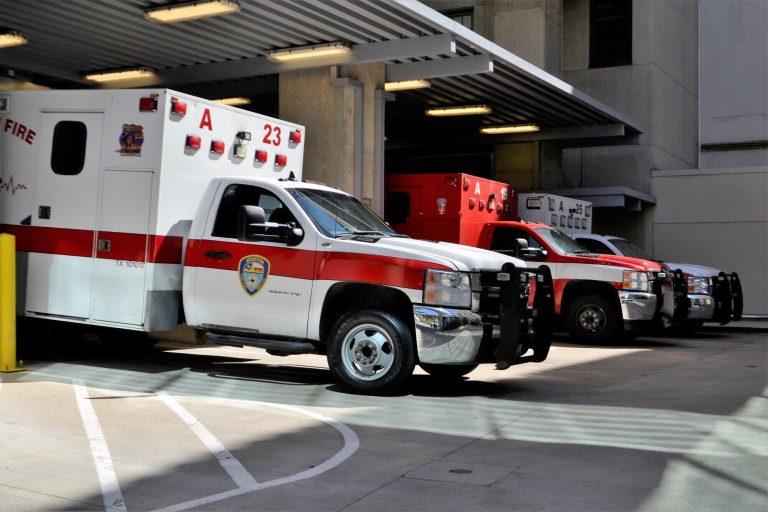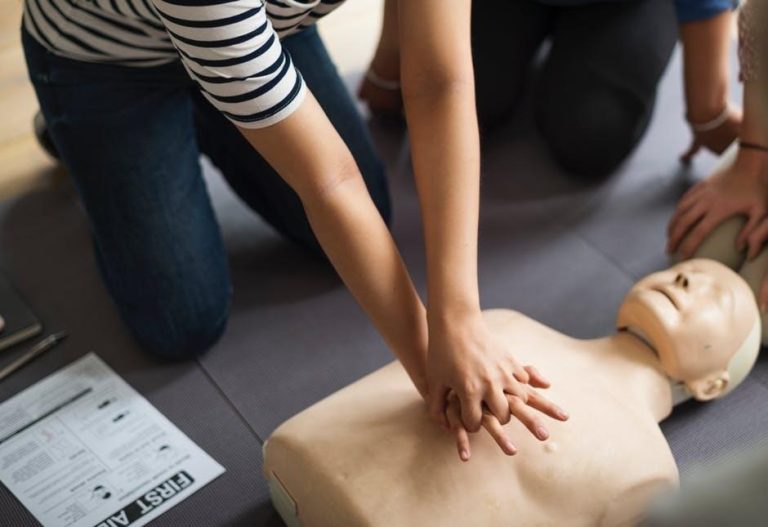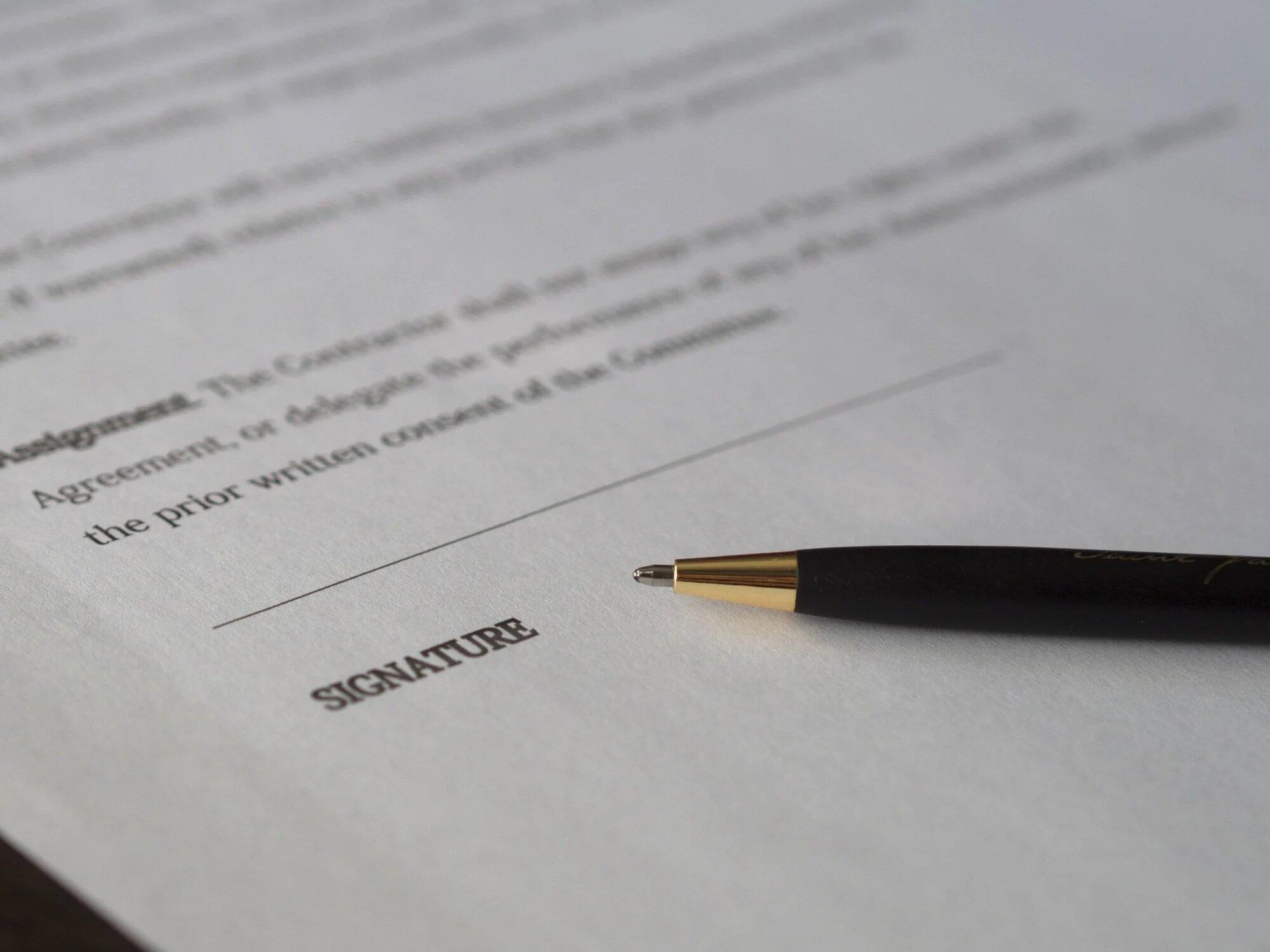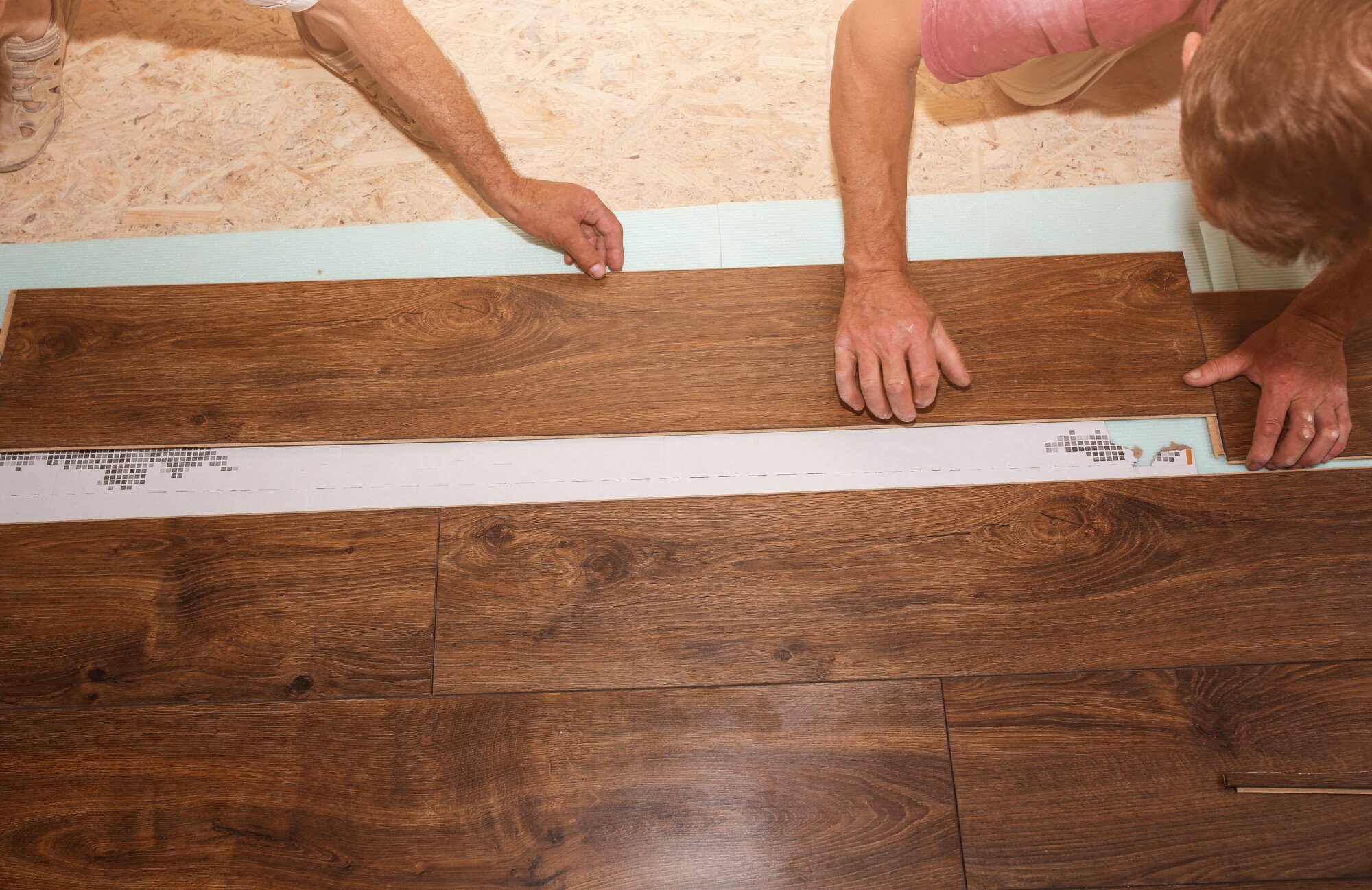Power cables are everywhere in our daily lives today. They carry c, schools, and workplaces safely. Without them, many devices would stop working very quickly.
Choosing the right type and size matters a lot for safety. It also affects how well the device or system works each day. But how do you know which kind is right?
This guide explains power cables in simple words you can understand. Keep reading and learn step by step with clear examples.
What Are Power Cables?
Power cables are special wires made to carry electricity from one place to another safely. They are built with different layers, like copper or aluminum inside and protective covers outside. These layers keep the cable strong and stop accidents from happening.
Some cables are flexible, while others are very stiff and thick. The type used depends on where the electricity needs to go. For example, cables in homes look different from those in factories.
Knowing what power cables are helps you see why size and type matter. Each kind has a special job and is made to last. Understanding them is the first step to making good choices.
Why Cable Size Matters
The size of a cable means how thick the wire is inside. A bigger wire can carry more electricity without heating up too much. If a cable is too small, it may become hot and unsafe.
Using the wrong size can damage equipment or even start fires. The right size keeps electricity moving safely and smoothly. For example, tiny cables work fine for lamps, but air conditioners need thicker ones.
Knowing the right size protects people and devices. Electricians always check the size before using any cable. This simple step makes a big difference for safety and performance.
Common Types of Power Cables
There are many types of power cables, each made for different needs. Some cables are used indoors, while others can stay outside. Indoor cables are lighter, while outdoor ones resist water and sunlight.
Underground cables are thicker and have stronger covers to avoid damage. Flexible cables are easy to bend and are often used for tools or machines. Heavy-duty ones are found in factories or power stations.
Every type has special strengths that help electricity flow safely. Choosing the right type avoids damage and saves money in repairs. Once you know the common types, it becomes easier to choose well.
Materials Used in Cables
Power cables are usually made of copper or aluminum. Copper is very good at carrying electricity, but it can be more costly. Aluminum is lighter and cheaper but not as strong as copper.
Both are used, depending on the project’s needs. Around the wire, there is insulation made from plastic or rubber. This cover keeps people safe by stopping shocks.
Some cables have extra layers to protect against water, heat, or chemicals. Strong materials help cables last longer and keep working safely. Knowing the materials helps you understand why some cables cost more than others.
Safety Rules for Power Cables
Safety is very important when using power cables anywhere. Always check cables for cracks, burns, or broken parts. A damaged cable can cause shocks, fires, or other serious accidents.
Cables should never be placed where people might trip or step. They should not touch sharp objects or very hot surfaces. Electricians use safe tools to install cables the right way.
Covering cables and keeping them dry also adds protection. Following safety rules helps people avoid danger while using electricity daily.
Even simple steps, like not pulling on cords, make a big difference. Safe cables mean safe homes and safe lives.
Choosing the Right Cable for Homes
In homes, the right cables depend on what they power. Lights and fans only need smaller cables because they use less energy. Large appliances, like stoves or washing machines, need thicker ones.
Outdoor areas, like gardens, need cables that resist rain and sun. If cables are chosen incorrectly, appliances may break or become unsafe. Good cables help homes save energy and prevent problems.
Asking an electrician is always the safest choice before buying. For every corner of a house, there is a cable type. Choosing the right one makes life safer and more comfortable every day.
Cables for Schools and Workplaces
Schools and workplaces also depend on good cables for safety. Computers, projectors, and lights need reliable cables to run smoothly. Large buildings require thicker wires to handle more power use.
Fire alarms, emergency lights, and security systems also need safe cables. Without strong wiring, learning and work could stop suddenly. Schools often use flexible cables for classroom equipment.
Workplaces may use heavy-duty cables for machines or networks. The right type ensures people stay safe while using electricity all day.
Good planning avoids danger and supports daily learning and working needs. That is why cables matter so much everywhere.
Caring for Cables Over Time
Cables must be cared for to stay safe and useful longer. Always check them for damage, wear, or overheating signs. Never bend cables too much or place heavy objects on them.
Keeping cables dry stops rust and other damage inside. In factories or outdoors, covers help protect cables from harsh weather. Schools and homes should replace old or unsafe cables quickly.
A small repair now can prevent big accidents later. Caring for power cables is simple but very important for everyone.
Safe and cared-for cables keep electricity flowing without risk. Good care saves time, money, and even lives.
Learn How To Choose the Right Type and Size of Power Cables
Power cables are the hidden helpers that keep our world running. They bring electricity safely to homes, schools, and workplaces every day. Choosing the right type and size means avoiding accidents and saving energy.
Simple rules about size, safety, and care make a big difference. Even though they look simple, cables have a very important job.
The right choice keeps people safe and devices working well. Remember to ask experts when unsure, because safety always comes first.
Did you find this article helpful? If so, check out the rest of our site for more informative content.























